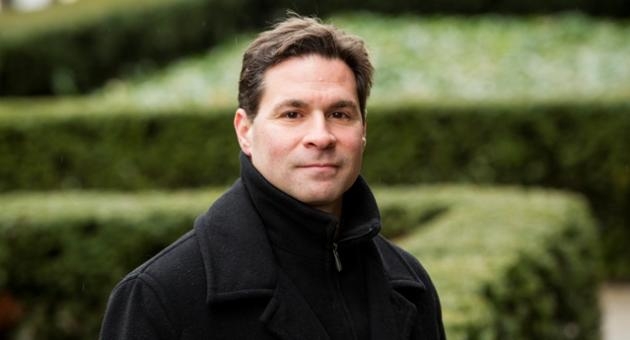Study examines deterrent effect of urban greening on crime

As a Temple undergraduate, Mary Wolfe, CLA ’11, wanted to answer a simple question related to a complex problem: Does vegetation encourage or suppress urban crime?
“Moving to Philadelphia and living in the city during my four years of undergrad, I became increasingly interested in the intersection of the urban and natural worlds,” said Wolfe, an honors student majoring in environmental studies with a minor in geography and urban studies. “I was fascinated by the ways in which characteristics of physical urban environments influence social phenomena in cities, especially in relation to criminal activity.
“Having recently completed three months of teaching summer school at an elementary school in my North Philly neighborhood, I observed the ways in which my students’ perception of their environment had been shaped by a great deal of negative characteristics of the inner city, such as crime and poverty. I wanted to understand how specific land uses in the city influenced crime rates —particularly how ‘natural’ or green spaces related to crime rates.”
Armed with a Temple CARAS (Creative Arts, Research And Scholarship) Program grant—established by the Provost’s Office to support undergraduate research—Wolfe approached Department of Geography and Urban Studies Associate Professor Jeremy Mennis about partnering to explore the effect that vegetation has on crime in Philadelphia as a whole.
After establishing controls for other key socioeconomic factors related to crime, such as poverty, educational attainment and population density, their study found that well-maintained vegetation lowered the rates of certain types of crime, such as aggravated assault, robbery and burglary, in urban neighborhoods.
“There is a longstanding principle, particularly in urban planning, that you don’t want a high level of vegetation, as it was believed it abetted crime by either shielding the criminal activity or allowing the criminal to escape,” Mennis said. “Well-maintained greenery, however, can have a suppressive effect on crime.”
The study examined the idea that viewing or being within a natural setting has a mentally restorative or calming effect and suppresses precursors to violent behavior.
“I was initially skeptical,” Mennis said, “but many studies bear out the beneficial effects of natural settings on people’s behavior.”
Mennis and Wolfe’s study also explored the use of public spaces, resulting in neighborhoods actively engaged in maintaining their communities.
“It results in more social control and more vigilance among residents—it’s the idea of ‘eyes on the street,’” he said. “It strengthens the community fabric and discourages criminal activity.”
Eva Monheim, instructor in Temple’s Department of Landscape Architecture and Horticulture, referred to the appearance of a more engaged neighborhood as the “window-box theory.”
“If you see well-maintained window boxes, gardens, lawns and community spaces, it gives the impression of a stable, healthy community—people are watching out for that neighborhood,” she said. “Broken window panes, unmaintained vegetation—weeds and tall grass—give the opposite impression: a neighborhood in decline.”
Monheim cited Philadelphia’s Spring Garden, at 19th and North streets, as an example of how well-maintained community gardening can transform a community. Through a community effort, a block of derelict homes became a neighborhood project that united families and cultures.
“Where there had been racial violence there was an exchange of ideas; cultures and families brought together through gardening and community engagement,” Monheim explained. “I take my Fundamentals of Horticulture class there to show how gardens can change a neighborhood.”
Mennis said that rather than decreasing vegetation as a crime deterrent, their study provides evidence that cities should explore increasing maintained green spaces.
“Increasing vegetation, supporting sustainability—they are a nice complement to many city initiatives beyond increasing aesthetics and improving the environment,” he said. “Reducing stormwater runoff, improving quality of life, reducing crime—all these objectives are furthered by increasing well-managed vegetation within the city.”